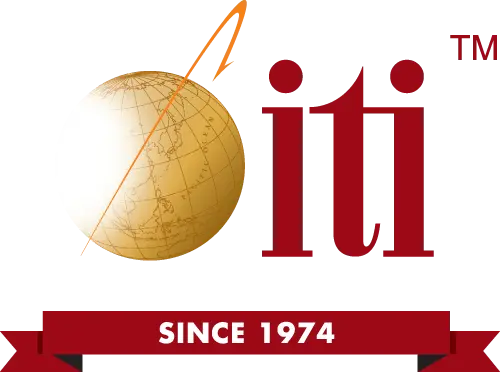Communication is often overlooked when sourcing manufactured products and solutions, yet it’s consistently considered one of the most important value-drivers when it comes to evaluating the overall OEM-Supplier relationship.
Working in a global manufacturing setting makes effective communication difficult. Here are some communication challenges companies face when working with a global supply chain.
Language Barriers & Misunderstandings
Your supply chain will likely pass through three or four parts of the world when you account for raw materials acquisition, manufacturing, transportation, and importing. If you are trying to manage the supply chain in-house, this means that you may have to handle relationships in four different languages and cultures.
All of your supply chain partners may speak English, but local language nuances and cultural differences often lead to misunderstandings and mistakes. Some of the problems that you can experience because of language barriers include:

Misunderstanding Production Schedules
Production schedules are one of the key contributors to keeping your supply chain moving. If there are communication issues related to language barriers, it’s easy to misunderstand production schedule requirements.
For example, it’s an easy mixup to make when saying:
“I need a batch finished by the 20th” or “I want a batch finished by the 20th”
The first statement conveys the urgency with which production needs to happen. The second only shows that you want something to happen, subtly implying that it’s okay if it does not.
Another example of a common mixup:
“Please ship by 5/10/23”
If coming from the United States, that means ship by May 10th. However, most other cultures of the world would consider that date as October 5th.
These small, often overlooked, issues in communication can make the difference between on-time production or falling behind schedule and hurting your business.
Misunderstanding Materials and Specification Requirements
Materials and specification requirements must be followed for products to be exported, shipped, imported, and even safe for consumers. But when there are language barriers that require translation or localization, these requirements can often be misunderstood.
And failing to follow specifications can lead to months of impounded products and red tape, slowing your supply chain to a halt.
Dealing with Cultural Differences
Working with supply chain partners in different parts of the world can also lead to communication issues due to cultural differences. Although people from different parts of the world may speak the same language, they can use it very differently based on the culture that they grew up in.
Furthermore, things that people say are interpreted differently by people with different cultural backgrounds, which can lead to misunderstandings or mistakes. Here are some examples of how this is a problem:
Adapting to Cultural Holidays
Another example is cultural holidays. You need to be aware of the holidays in the countries you are sourcing from in order to avoid making production or facility visitation plans that the manufacturer cannot fulfill because of a holiday. Some countries may shut down manufacturing for an entire month for the summer holiday period, as an example.
Stolen IP
Intellectual property (IP) has different protections in different parts of the world based on cultural and legal differences. You must be aware of those differences as well as the right ways to protect your IP when choosing what countries to manufacture in.
Negotiating Contracts
The way people negotiate is very different based on cultural differences, as well. You want to make sure that your negotiation methods do not offend other parties or come across the wrong way. Otherwise, you may not be able to reach an agreement and risk creating a negative image in that specific market.
Lack of Effective Communication
Lack of effective communication can lead to expensive and time-consuming problems such as:
- Unexpected production changes
- Failure to maintain quality standards
- Shipping delays
- Problems with import tariffs, customs, and hefty government fines
With so many moving parts, your global manufacturing supply chain can’t be effective without a rock-solid communication strategy.
The Solution: A Global Manufacturing Supply Chain Partner
With company in-house supply chains becoming more and more constrained for time and resources, the most efficient way to handle a global manufacturing supply chain is partnering with an expert in the industry.
At ITI Manufacturing, we have over 50 years of experience in global manufacturing. Our multicultural staff, both in the US and overseas, speaks directly with factory personnel and management in their local dialect throughout the entire process, from sourcing to delivery. We manage and communicate product specifications, quality standards, shipment dates, import tariffs, customs, and more.
ITI sends our customers detailed and specific weekly updates on your projects, enabling proactive production planning, inventory management, and shipment scheduling.
And if any issues do arise, we make sure to own the problem and resolve it. We acknowledge 99% of issues the same day and keep you informed until we reach mutual resolution.
With ITI, you can achieve manufacturing supply chain predictability, visibility, and accountability.
Contact ITI to learn more information.






